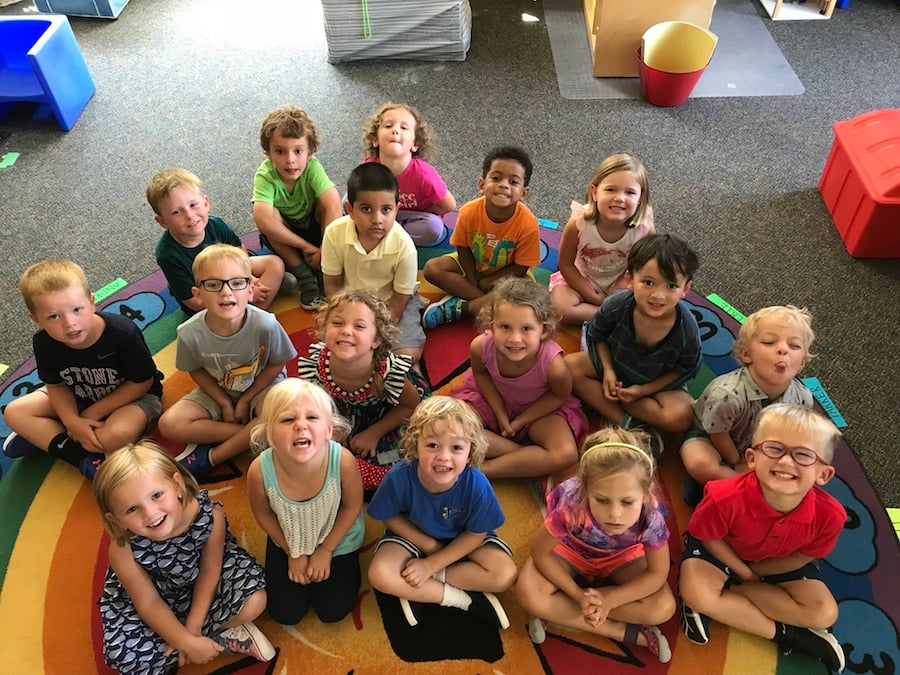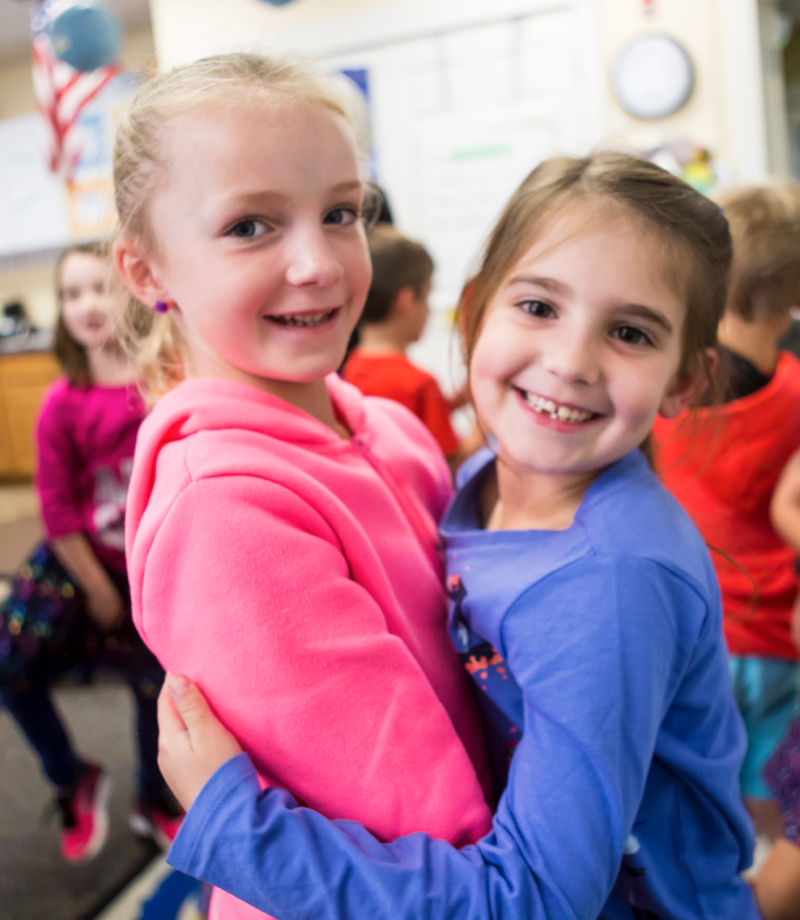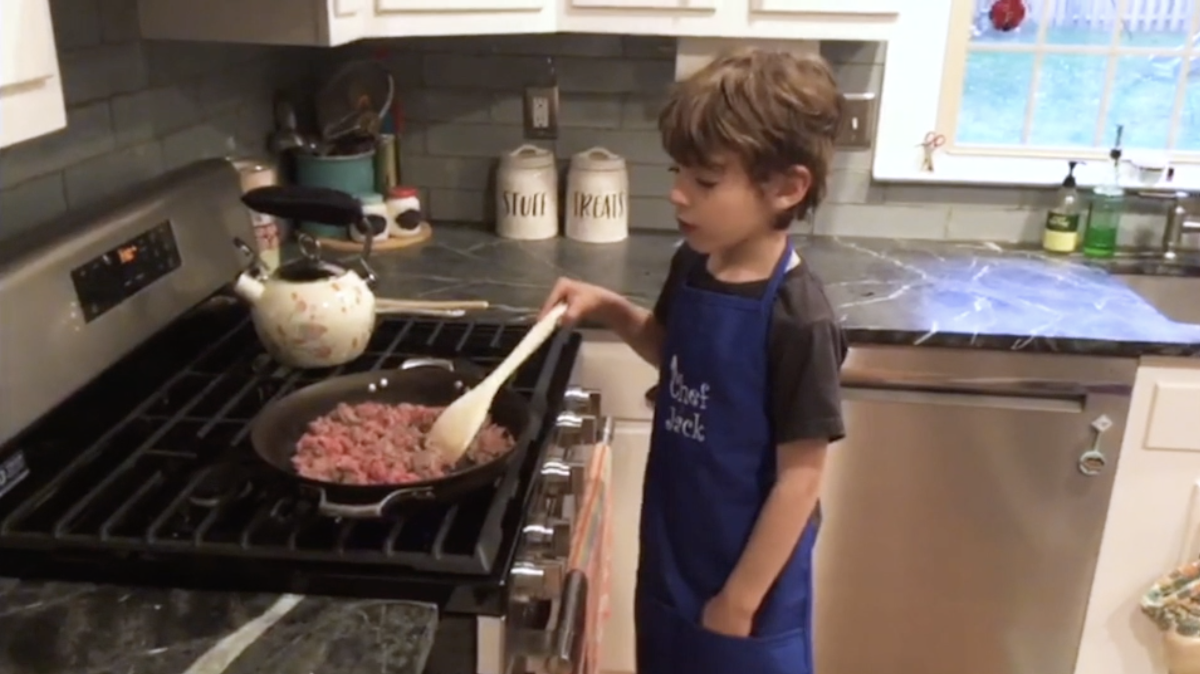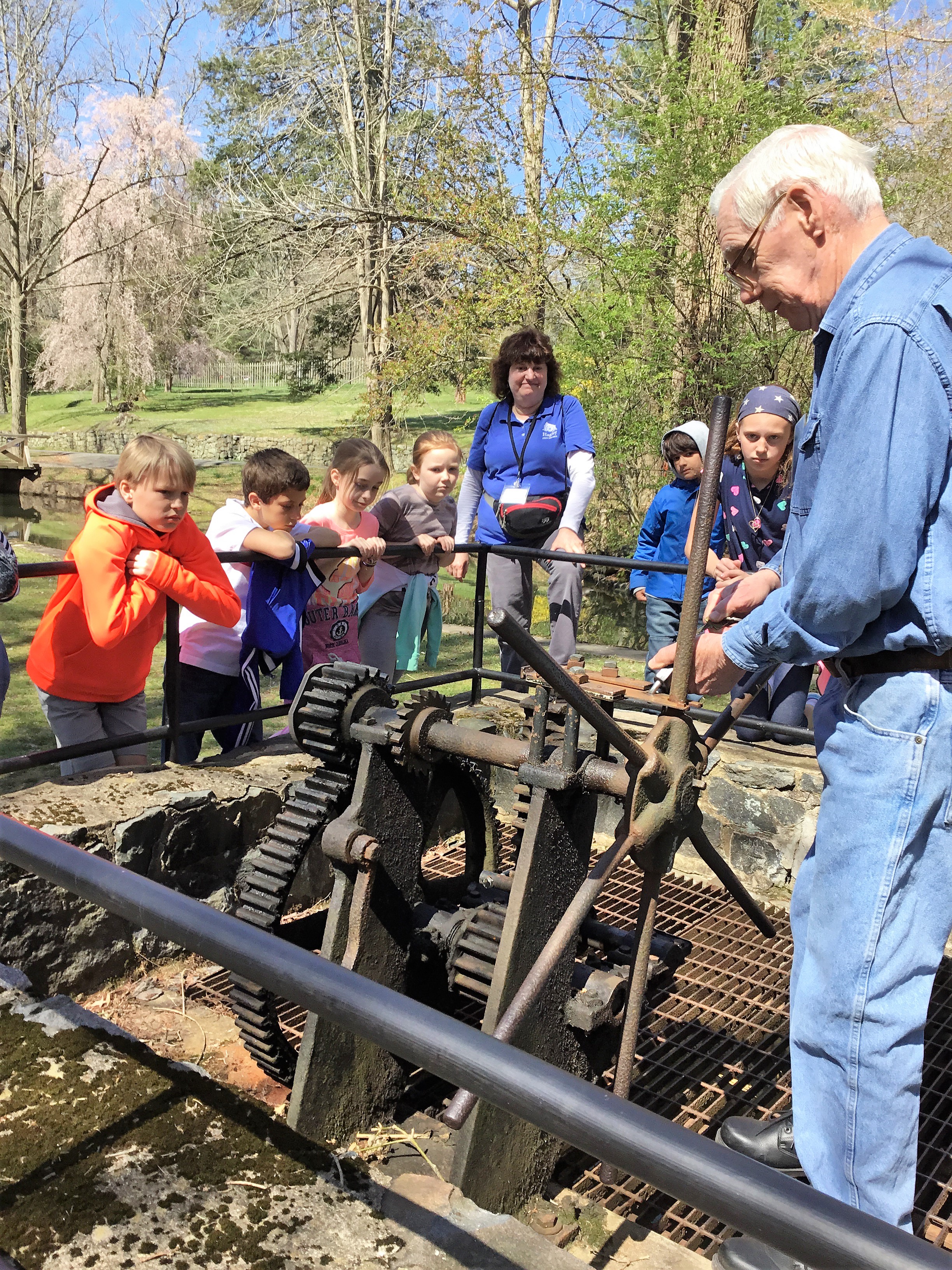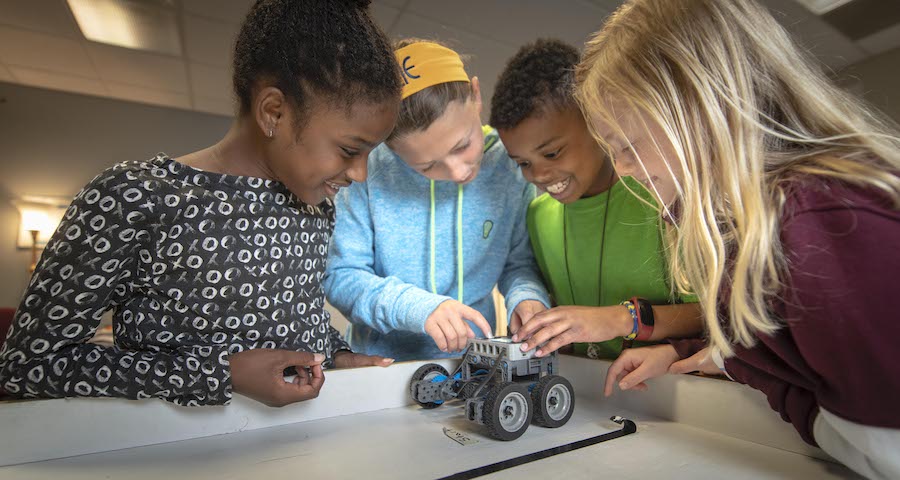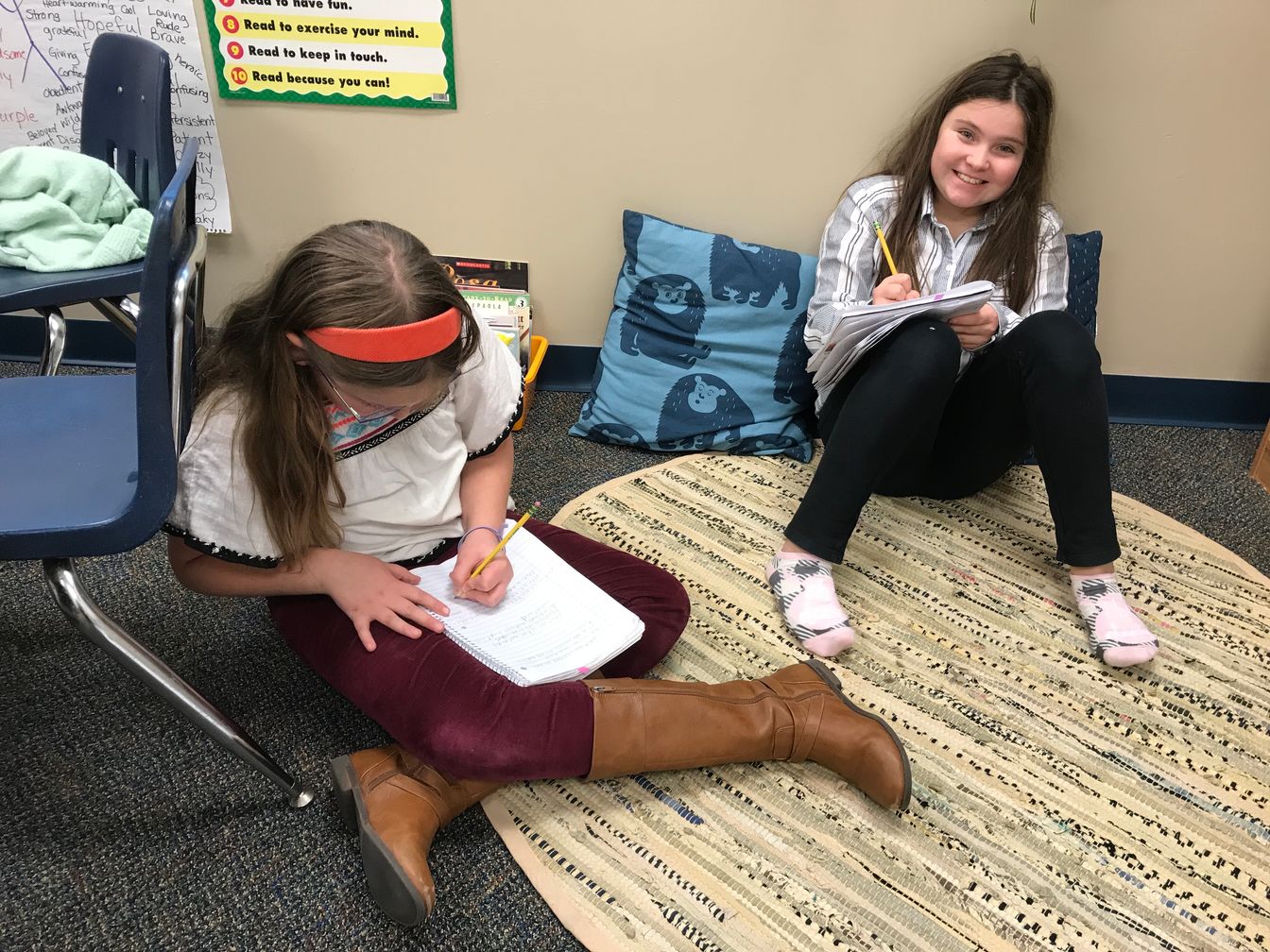"Students are more likely to engage in healthy behaviors and succeed academically when they feel connected to school," according to the Centers for Disease Control and Prevention (CDC) report. Having a home and school connection brings positive benefits concerning both academic success and healthy decision-making. Below are a few activities that can be used to strengthen the support network for children in the classroom to create a caring community.
Building Connections for a Caring School Community
Topics: Education, Parenting Tips, Community
Move It!: A Beginner’s Guide to Physical Literacy
When you hear the word “literacy” you probably
Topics: Education, Athletics, Health & Wellness, Parenting Tips
Transitioning to First Grade: How Teachers Pave the Way
The transition from kindergarten to first grade can make parents and students feel excited and a little nervous about leaving “early childhood” and becoming a “big kid.” At Sanford School, teachers think about helping students do three things to ensure that students all transition smoothly: seeing a familiar face, feeling comfortable in the space, and getting used to the pace.
Seeing a Familiar Face
Students often feel less anxious about going to a new classroom when they know a little bit about the new teacher that they’ll have. To help with this, kindergartners have recess along with the first and second grades so that teachers can start to connect with the students they’ll have in a year or two. In addition, faculty members who teach “specials” like art, music, and technology constantly remind students that even though the homeroom teachers change, the specials teachers will remain the same, so they can plan to see many familiar faces the following year. To help drive home this point, the specials teachers always participate in greeting during morning drop off the first week of school so that students going into a new grade can see teachers that they had the previous year
Topics: Elementary Education
5 Ways to Help Your Child Have a Smooth Transition into School
Children entering PreK and kindergarten may be spending the day away from home for the very first time, and that make kids feel both excited and anxious. Even children who have attended an early childhood program need to prepare for the differences that come with going to school rather than daycare. As a parent, having a clear morning routine is one thing you can do to help start your child’s academic journey on the right foot. Use the five tips below to create a streamlined, stress-free process that will help your child begin every morning with confidence!
Topics: Parenting Tips
As children get older, it’s important to help them healthy eating habits. Whether packing lunch, grabbing a snack after school, or ordering dinner in a restaurant, there are many opportunities for kids to control what goes into their bodies. Here are five tips to help you teach your child how to make nutritious choices.
Topics: Health & Wellness, Parenting Tips
Why We Love Thematic Learning (and You Should, too!)
The Four C’s
For years the world of school was focused on the Three R’s: reading, writing, and arithmetic. But in today’s world, it’s not enough to read a book, write a story, and do a few math problems; we need to prepare our students for an ever-evolving global society. Now, education organizations around the country, including the National Education Association (NEA) are talking about the Four C’s:
- Critical Thinking
- Communication
- Collaboration
- Creativity
Topics: Elementary Education
Every year, students excitedly wait for the arrival of summer, a time when they get to escape the routine of school and try something new. Though the anticipation of summertime freedom can be exciting, often, when summer arrives, kids get tired of having nothing to do and bored with the lack of routine. A great way to get out of a summertime rut is to plan day outings for the whole family. Here are seven fun things for you and your family to do this summer in Delaware.
Topics: Summer, Parenting Tips, Community
Design Thinking is a teaching approach that incorporates the engineering design process in hands-on, collaborative projects. Students are guided through the design steps to problem solve. The process is meant to be repeated to create the best possible solution. Project-based and problem-based learning engages students while providing essential Science, Technology, Engineering, and Mathematics (STEM) skills that inspire innovation.
Topics: STEM
Elementary school is the perfect age to teach coding. Learning to code is fun, empowering, and provides essential 21st century skills. According to the US Department of Commerce, within the last ten years STEM (science, technology, engineering, and math) employment opportunities have grown by 24.4% vs. only 4% in non-STEM fields, and STEM-focused employees make an average of 29% more than non-STEM workers. It is important that we provide our children with the computer science skills necessary to be successful.
Topics: Education, Academics, Parenting Tips, STEM
Is It Writing or Recess?: Getting Kids Excited About Writing
The schedule says “language arts,” but, at first glance, you might think the fourth-grade class looks more like they’re having recess than writing. Students are scattered around the room and spilling into the hallway, happily chatting in pairs, drawing pictures, sticking and re-sticking multi-colored Post-Its on bright yellow paper, or laughing uproariously at a story being told by a teacher. But, believe it or not, this is what writing looks like in our classes! This past summer we traveled all the way to Barcelona, Spain and joined nearly 200 other teachers from all over the world at a summer writing institute created by Columbia University’s Teachers College Reading & Writing Project. The week-long training introduced us to new ways to think about, talk about, and teach about writing, and our classes at Sanford School haven’t been the same since. Now when we approach writing lessons we think about how we’ll support the three different types of communication that we want to see happening throughout the class: teacher-to-student, student-to-student, and student-to-self.
Topics: Education, Academics, Parenting Tips

